North Carolina Constitutional Convention Of 1835 on:
[Wikipedia]
[Google]
[Amazon]
The North Carolina Constitutional Convention of 1835 was a meeting of delegates elected by eligible voters in counties in the United States state of North Carolina to amend the Constitution of North Carolina written in 1776 by the Fifth North Carolina Provincial Congress. They met in Raleigh, North Carolina from June 4, 1835, to July 11, 1835, and approved several amendments to the constitution that were voted on and approved by the voters of North Carolina on November 9, 1835. These amendments improved the representation of the more populous counties in the Piedmont and western regions of the state and, for the first time, provided for the election of the governor by popular vote rather than election by the members of the General Assembly.
 The population distribution had changed since the time of the original constitution was written in 1776. The number of counties had increased from 38 at the time of the first general assembly in 1777 to 68 in 1835. Many new counties had been created in the central PiedmontThe Piedmont region as is commonly referred today was probably included in what is now called the Western region and just referred to as the Western region. and Western regions of the state. The population of the 23 counties in the Piedmont region (344,184) and eight counties in the Western region (80,592) combined exceeded that of the 34 counties in the Eastern region (313,211) in 1830. This created a greater demand for roads, schools, and infrastructure in the faster growing counties, especially the Piedmont region. The 1776 constitution had spelled out one senator for each county, at least two delegates to the house of commons for each county, and one senator from each of eight large towns, also called districts or boroughs. The governor was also chosen by the general assembly vice the voters in each county.
The 1776 Constitution was worded with restrictions on who could and who could not vote, as follows:
* "That all freemen of the age of twenty-one Years, who have been inhabitants of any one county within this State twelve months immediately preceding the day of any election, and shall have paid public taxes shall be entitled to vote for members of the House of Commons for the county in which he resides."
* "That no clergyman, or preacher of the gospels of any denomination shall be capable of being a member of either the Senate, House of Commons, or Council of State, while he continues in the exercise of the pastoral function."
* "That no person, who shall deny the being of God or the truth of the Protestant religion, or the divine authority either of the Old or New Testaments, or who shall hold religious principles incompatible with the freedom and safety of the State, shall be capable of holding any office or place of trust or profit in the civil department within this State."
Freemen included former slaves, so they were allowed to vote in North Carolina from 1777 to 1835.
The population distribution had changed since the time of the original constitution was written in 1776. The number of counties had increased from 38 at the time of the first general assembly in 1777 to 68 in 1835. Many new counties had been created in the central PiedmontThe Piedmont region as is commonly referred today was probably included in what is now called the Western region and just referred to as the Western region. and Western regions of the state. The population of the 23 counties in the Piedmont region (344,184) and eight counties in the Western region (80,592) combined exceeded that of the 34 counties in the Eastern region (313,211) in 1830. This created a greater demand for roads, schools, and infrastructure in the faster growing counties, especially the Piedmont region. The 1776 constitution had spelled out one senator for each county, at least two delegates to the house of commons for each county, and one senator from each of eight large towns, also called districts or boroughs. The governor was also chosen by the general assembly vice the voters in each county.
The 1776 Constitution was worded with restrictions on who could and who could not vote, as follows:
* "That all freemen of the age of twenty-one Years, who have been inhabitants of any one county within this State twelve months immediately preceding the day of any election, and shall have paid public taxes shall be entitled to vote for members of the House of Commons for the county in which he resides."
* "That no clergyman, or preacher of the gospels of any denomination shall be capable of being a member of either the Senate, House of Commons, or Council of State, while he continues in the exercise of the pastoral function."
* "That no person, who shall deny the being of God or the truth of the Protestant religion, or the divine authority either of the Old or New Testaments, or who shall hold religious principles incompatible with the freedom and safety of the State, shall be capable of holding any office or place of trust or profit in the civil department within this State."
Freemen included former slaves, so they were allowed to vote in North Carolina from 1777 to 1835.
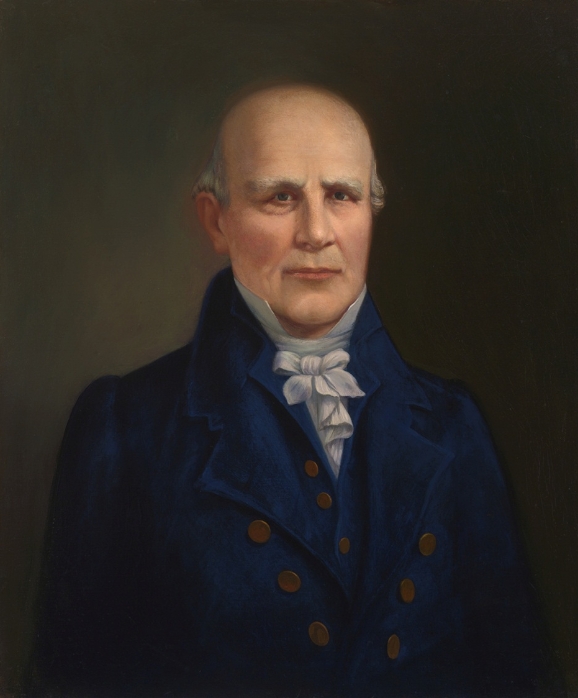
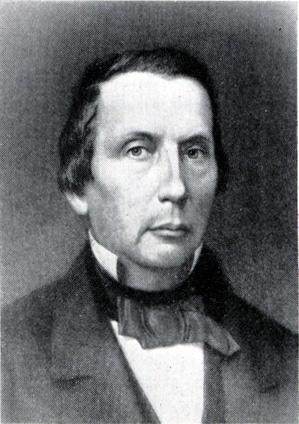 The following officers were chosen by the delegates to the convention:
* President Nathaniel Macon
* Chairman pro tempore:
The following officers were chosen by the delegates to the convention:
* President Nathaniel Macon
* Chairman pro tempore:



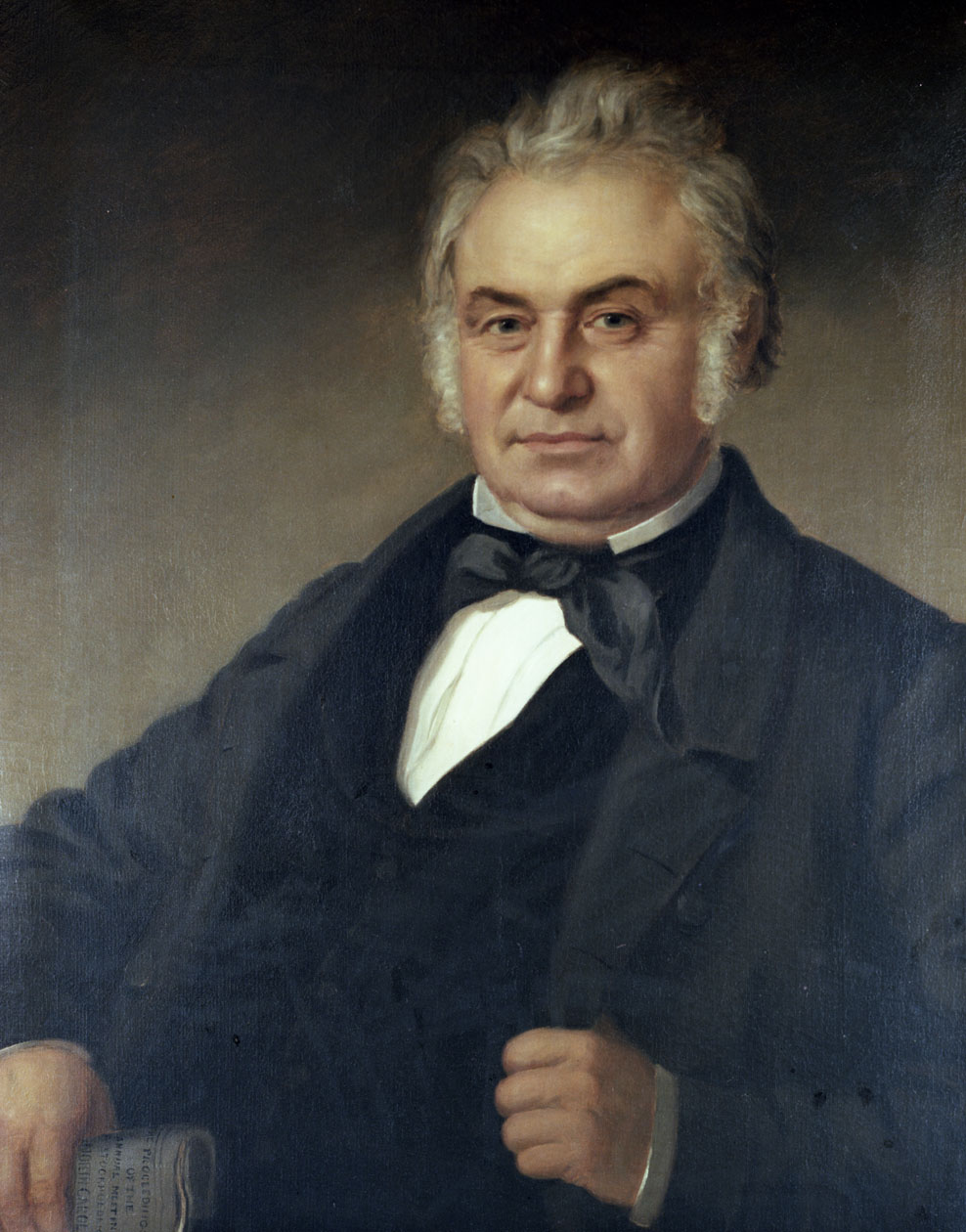
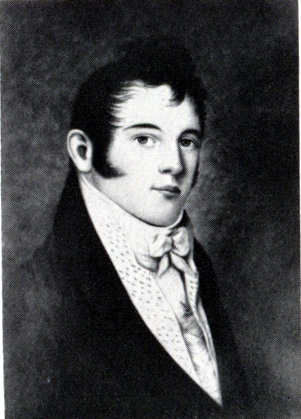


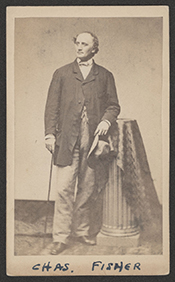

 In 1835, the counties of North Carolina were characterized as either eastern or western counties. The more sparsely populated counties were in the west. The voters from the counties elected two delegates for each county in elections held in April 1835. In 1835, there were 38 Eastern counties and 27 Western counties (Western and Piedmont Regions, see table). The following delegates were elected by the eligible voters of North Carolina:
In 1835, the counties of North Carolina were characterized as either eastern or western counties. The more sparsely populated counties were in the west. The voters from the counties elected two delegates for each county in elections held in April 1835. In 1835, there were 38 Eastern counties and 27 Western counties (Western and Piedmont Regions, see table). The following delegates were elected by the eligible voters of North Carolina:
Demand for a new constitution
 The population distribution had changed since the time of the original constitution was written in 1776. The number of counties had increased from 38 at the time of the first general assembly in 1777 to 68 in 1835. Many new counties had been created in the central PiedmontThe Piedmont region as is commonly referred today was probably included in what is now called the Western region and just referred to as the Western region. and Western regions of the state. The population of the 23 counties in the Piedmont region (344,184) and eight counties in the Western region (80,592) combined exceeded that of the 34 counties in the Eastern region (313,211) in 1830. This created a greater demand for roads, schools, and infrastructure in the faster growing counties, especially the Piedmont region. The 1776 constitution had spelled out one senator for each county, at least two delegates to the house of commons for each county, and one senator from each of eight large towns, also called districts or boroughs. The governor was also chosen by the general assembly vice the voters in each county.
The 1776 Constitution was worded with restrictions on who could and who could not vote, as follows:
* "That all freemen of the age of twenty-one Years, who have been inhabitants of any one county within this State twelve months immediately preceding the day of any election, and shall have paid public taxes shall be entitled to vote for members of the House of Commons for the county in which he resides."
* "That no clergyman, or preacher of the gospels of any denomination shall be capable of being a member of either the Senate, House of Commons, or Council of State, while he continues in the exercise of the pastoral function."
* "That no person, who shall deny the being of God or the truth of the Protestant religion, or the divine authority either of the Old or New Testaments, or who shall hold religious principles incompatible with the freedom and safety of the State, shall be capable of holding any office or place of trust or profit in the civil department within this State."
Freemen included former slaves, so they were allowed to vote in North Carolina from 1777 to 1835.
The population distribution had changed since the time of the original constitution was written in 1776. The number of counties had increased from 38 at the time of the first general assembly in 1777 to 68 in 1835. Many new counties had been created in the central PiedmontThe Piedmont region as is commonly referred today was probably included in what is now called the Western region and just referred to as the Western region. and Western regions of the state. The population of the 23 counties in the Piedmont region (344,184) and eight counties in the Western region (80,592) combined exceeded that of the 34 counties in the Eastern region (313,211) in 1830. This created a greater demand for roads, schools, and infrastructure in the faster growing counties, especially the Piedmont region. The 1776 constitution had spelled out one senator for each county, at least two delegates to the house of commons for each county, and one senator from each of eight large towns, also called districts or boroughs. The governor was also chosen by the general assembly vice the voters in each county.
The 1776 Constitution was worded with restrictions on who could and who could not vote, as follows:
* "That all freemen of the age of twenty-one Years, who have been inhabitants of any one county within this State twelve months immediately preceding the day of any election, and shall have paid public taxes shall be entitled to vote for members of the House of Commons for the county in which he resides."
* "That no clergyman, or preacher of the gospels of any denomination shall be capable of being a member of either the Senate, House of Commons, or Council of State, while he continues in the exercise of the pastoral function."
* "That no person, who shall deny the being of God or the truth of the Protestant religion, or the divine authority either of the Old or New Testaments, or who shall hold religious principles incompatible with the freedom and safety of the State, shall be capable of holding any office or place of trust or profit in the civil department within this State."
Freemen included former slaves, so they were allowed to vote in North Carolina from 1777 to 1835.
Amendments to the constitution
Out of the convention came many amendments. Among those changes was fixing the membership of the Senate and House at their present levels, 50 senators and 120 representatives. Each county received at least one representative in the House and the remainder of the 120 representatives were assigned based on population of the counties. Senators were elected from districts that were laid out based on the amount of taxes paid to the state for each county. Also, the office of Governor became popularly elected. These changes gave the more populous western counties more of a say in government but still favored those who owned property, since this was required to vote and hold office. The vote was taken away from freed slaves in this convention, which followed a national trend. The most ardent supporters of disenfranchisement were located in the Eastern regions, where the black population was higher and slavery had been more established. The convention approved the changes on July 11, 1835. The convention's proposed changes were adopted by vote of the people on November 9, 1835 with 26,771 in favor and 21,606 against. These changes remained in effect until 1868 when the Constitution was next changed. The convention also provided amendments that eliminated private acts that granted divorces, changed names, and legitimizing persons; provided procedures to impeach of state officers; procedures to remove judges for disability; established biannual legislative sessions; and provides provisions for amending the constitution.Officers

 The following officers were chosen by the delegates to the convention:
* President Nathaniel Macon
* Chairman pro tempore:
The following officers were chosen by the delegates to the convention:
* President Nathaniel Macon
* Chairman pro tempore: David Lowry Swain
David Lowry Swain (January 4, 1801August 27, 1868) was the List of Governors of North Carolina, 26th Governor of North Carolina, governor of the U.S. state of North Carolina, from 1832 to 1835.
He was born in Buncombe County, North Carolina; his ...
* Secretary: Edmund B. Freeman
* Assistant Secretary: Joseph D. Ward
Joseph D. Ward (March 26, 1914 – May 10, 2003) was an American politician who served as Massachusetts Secretary of the Commonwealth from January 1959 to January 1961.
Ward was elected to the Massachusetts House of Representatives in 1948, rep ...
* Doorkeepers: Green Hill and John Cooper
* Printers: Gales & Son
Delegates









 In 1835, the counties of North Carolina were characterized as either eastern or western counties. The more sparsely populated counties were in the west. The voters from the counties elected two delegates for each county in elections held in April 1835. In 1835, there were 38 Eastern counties and 27 Western counties (Western and Piedmont Regions, see table). The following delegates were elected by the eligible voters of North Carolina:
In 1835, the counties of North Carolina were characterized as either eastern or western counties. The more sparsely populated counties were in the west. The voters from the counties elected two delegates for each county in elections held in April 1835. In 1835, there were 38 Eastern counties and 27 Western counties (Western and Piedmont Regions, see table). The following delegates were elected by the eligible voters of North Carolina:
See also
*List of counties in North Carolina
__NOTOC__
The U.S. state of North Carolina is divided into 100 counties. North Carolina ranks 28th in size by area, but has the seventh-highest number of counties in the country.
Following the restoration of the monarchy in 1660, King Charles ...
* North Carolina General Assembly of 1835
* North Carolina General Assembly of 1836-1837
Notes
References
{{North Carolina State Legislatures Government of North Carolina History of North Carolina North Carolina law 1835 establishments in North Carolina